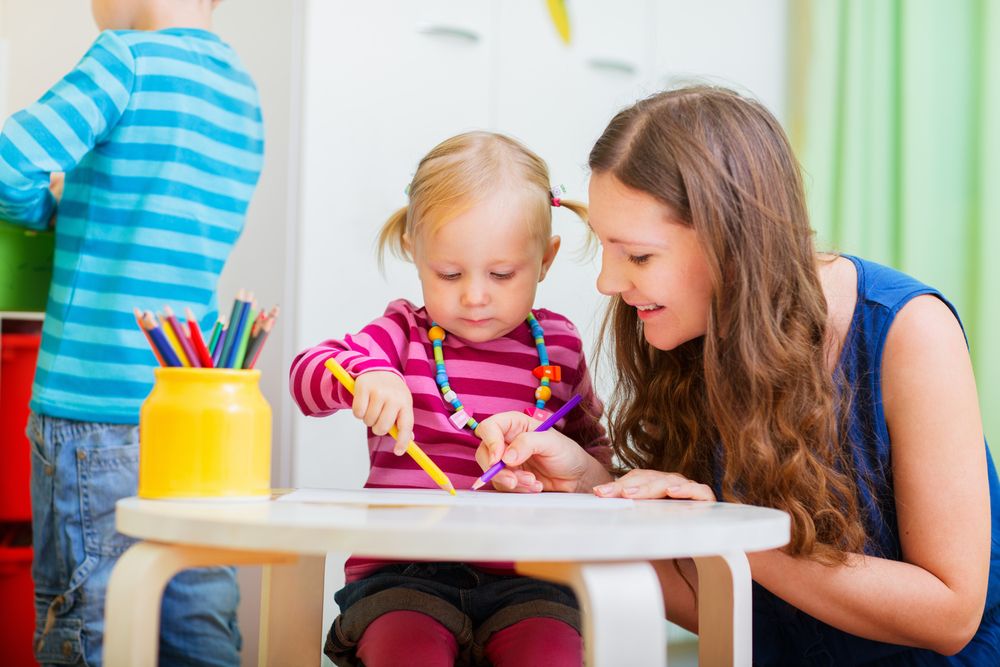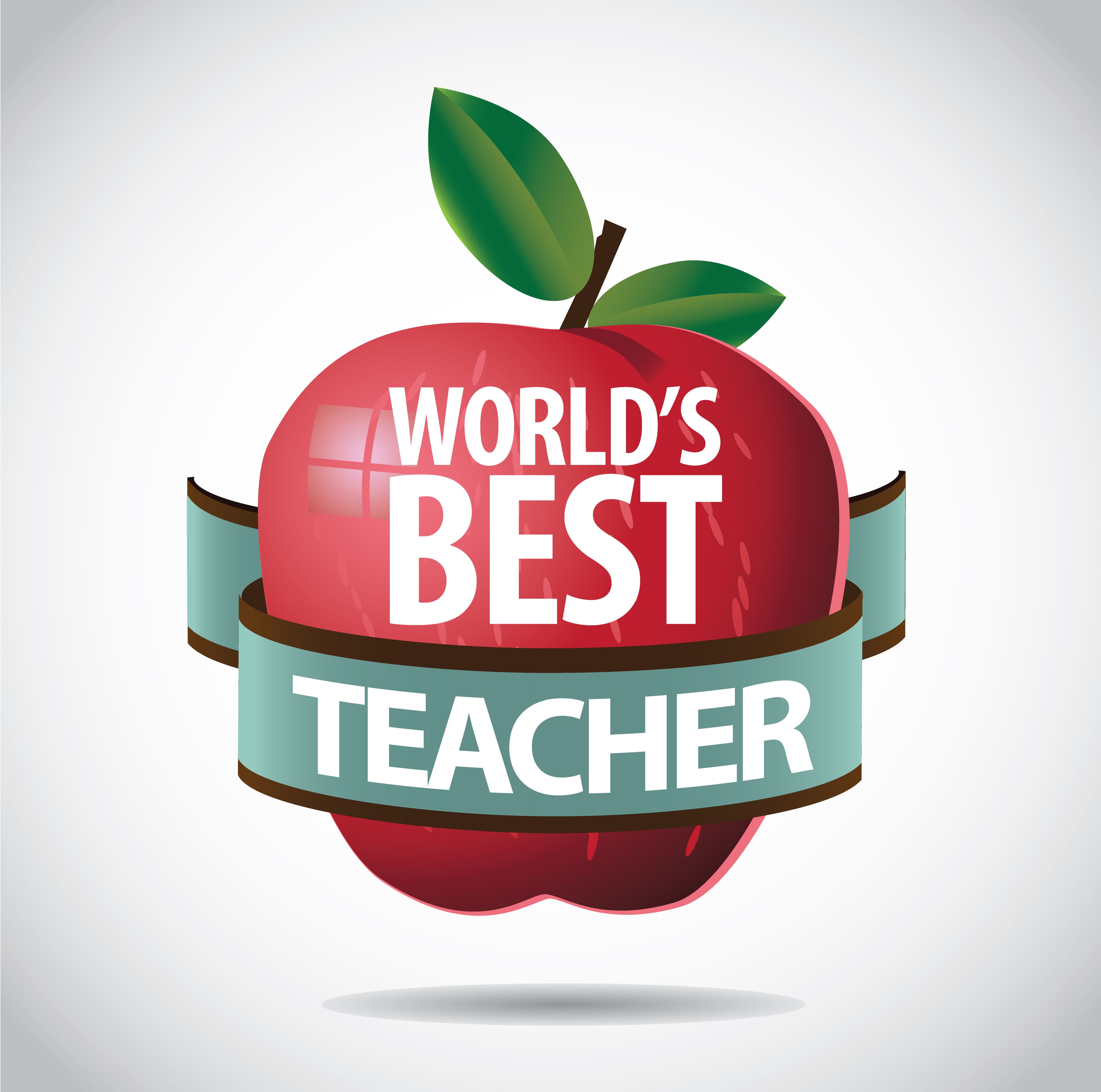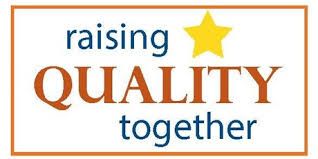3 Ways "Daycare" is Changing
Welcome to the SafeGard Classes Online blog...and for returning readers, welcome back! We hope you enjoy this month’s post and find it intriguing, insightful and even fun! As always, we welcome feedback and encourage everyone to post a comment or send us a message with your thoughts or ideas.
Many of you may be looking at the title and thinking, “only 3 ways??” Indeed, the field is probably changing in more ways than we can imagine! To keep this post from being unwieldy, we narrowed it down to 3 issues that seem to be topics in a lot of discussions throughout the country right now. Hopefully this provides a little food for thought and encourages discussion and perhaps even a little introspection!
Let’s dig into a few of these topics and see where it takes us.

“Daycare” vs “Early Childhood Learning”
How many of us grew up in “daycare?” This was commonly used terminology for many years, effectively identifying the basic intent of “caring for children while parents worked.” More recently, giving consideration to the emphasis on providing children with more learning opportunities, the more fitting reference has become “early care and education.”
What are the some of the drivers behind this change in vernacular? For one, higher expectations from parents have required programs to create more learning environments to ensure their children are prepared academically. However, early learning is not just about academic success but also age-appropriate development and encouraging children to explore. Children have also shown to be more capable of learning than previously expected. Most importantly, a high-quality program provides children the opportunity to develop socially and emotionally and learn behavior management in addition to building academic skills.
Why is this distinction important? Neuroscience research has shown that the first five years of life are critical for brain development, with up to 90% of brain development occurring in these years. Continuing on, dynamic growth occurs in the first eight years of life. For many children, this is a time when a large portion of their days are spent in a center-based or family childcare setting. Using that time to create learning opportunities can support each child’s individual development and also result in long-term societal benefits.
"Childcare Workers” vs “Early Learning Professionals”
 What’s in a name? Not sure there’s a more profound question than this Shakespearian muse. More than just a title, the “worker” to “professional” moniker reflects a paradigm shift in the role early learning professionals play in our society today: educating and supporting children to reach their full potential! There are well over 1 million early childhood professionals in the U.S. today and the field is expected to grow at a rate of 14% each year through 2020 so this change will have far-reaching effects!
What’s in a name? Not sure there’s a more profound question than this Shakespearian muse. More than just a title, the “worker” to “professional” moniker reflects a paradigm shift in the role early learning professionals play in our society today: educating and supporting children to reach their full potential! There are well over 1 million early childhood professionals in the U.S. today and the field is expected to grow at a rate of 14% each year through 2020 so this change will have far-reaching effects!
And the shift isn’t just in name only. The stature of these roles is changing as professional development and career advancement increase in prominence within these professions. More and more professionals are seeking to grow their careers through specialized training, certifications and advanced degrees. Many states are also incentivizing educational advancement with financial awards, providing additional encouragement for growth.
Ensuring these professionals have the necessary training and education is paramount to each child’s social, emotional and academic development. The National Association for the Education of Young Children (NAEYC) lists 6 competencies for teachers in their position statement on professional preparation standards:
- Promoting child development and learning
- Building family and community relationships
- Observing, documenting and assessing
- Using developmentally effective approaches to connect with children and families
- Using content knowledge to build meaningful curriculums
- Becoming a professional
Why all this emphasis on teacher development? Research has shown that there is a direct correlation between the specific training and actions of teachers and caregivers to the overall quality of care. With the challenges facing the field to recruit and retain high-quality educators, this emphasis on development will hopefully give rise to additional opportunities for early learning professionals and, ultimately, result in the highest-quality care and education for young children!
“Standard Curriculum” vs “High-quality Early Learning Environments”
 What does it mean to be “high-quality?” Effectively assessing and measuring quality can be challenging (see our blog post from July 2015). Many new observation tools are now in use to measure quality. To improve overall quality of programs nationwide, the early learning field has been moving toward Quality Rating and Improvement Systems (QRIS). By 2014, 38 states had adopted a QRIS to assess early learning programs.
What does it mean to be “high-quality?” Effectively assessing and measuring quality can be challenging (see our blog post from July 2015). Many new observation tools are now in use to measure quality. To improve overall quality of programs nationwide, the early learning field has been moving toward Quality Rating and Improvement Systems (QRIS). By 2014, 38 states had adopted a QRIS to assess early learning programs.
What is measured in a QRIS? Many different areas of the program are observed, assessed and rated. At least 75% of QRIS measured these areas:
- Staff Qualitifications & Training
- Environment
- Family Partnerships & Engagement
- Program Administration & Leadership
- Curriculum
Advocacy for funding and standards for licensing and training are also hot topics these days. For the 2012 Federal Budget, the White House proposed a philosophy of “winning the future by giving every child a world-class education.” A tall order indeed!
What will it take to get us there? A good place to start is the understanding that every child is unique and, therefore, teaching strategies and curriculum need to reflect that. Establishing an environment that embraces diversity and provides curriculum to accommodate the unique needs of each child offers an inclusive environment where all young children can learn and thrive. It may take a village to raise a child, but also an ensemble of dedicated educators to help them fully reach their potential!
What does all this mean? Your work is important!!! SafeGard Classes Online knows you dedicate yourselves everyday to giving the kids in your care the best learning and development opportunities. We want to make sure you're supported with the resources you need to be successful! Visit our mobile-friendly website for a wide range of online childcare classes, CDA curriculum and even free classes to support all your program's staff!
Please share your thoughts. How do you view your role? What support do you need to be successful in your career? What do you do in your program to create a learning environment?
We Care, Because You Do!

“A teacher affects eternity; they can never tell where their influence stops.”
Additional Resources:
- National Association for the Education of Young Children
- The Council for Professional Recognition
- National Child Care Association
- National Early Childhood Program Accreditation
- National Association for Family Child Care
- Thrive Washington
- Zero to Three
- Talaris Institute
- Child Care Aware
- Early Learning Leaders
- QRIS Compendium
- Office of Planning, Research and Evaluation
Fun Facts and Noteworthy Dates:
- November – Child Safety and Prevention month and Peanut Butter Lovers month
- Nov 1, 1966 – "Apple Jacks" cereal was trademark registered
- Nov 2, 1955 – Jim Henson's "Kermit the Frog," the first Muppet, was copyright registered
- Nov 2 – Cookie Monster’s birthday
- Nov 5 – World Teacher's Day
- Nov 8 – National Parents as Teachers Day
- Nov 13 – World Kindness Day
- Nov 15-22 – Children’s Book Week
- Nov 18 – Mickey Mouse’s birthday
- Nov 18, 1952 – ELMER'S glue was trademark registered
- Nov 26 – Thanksgiving Day